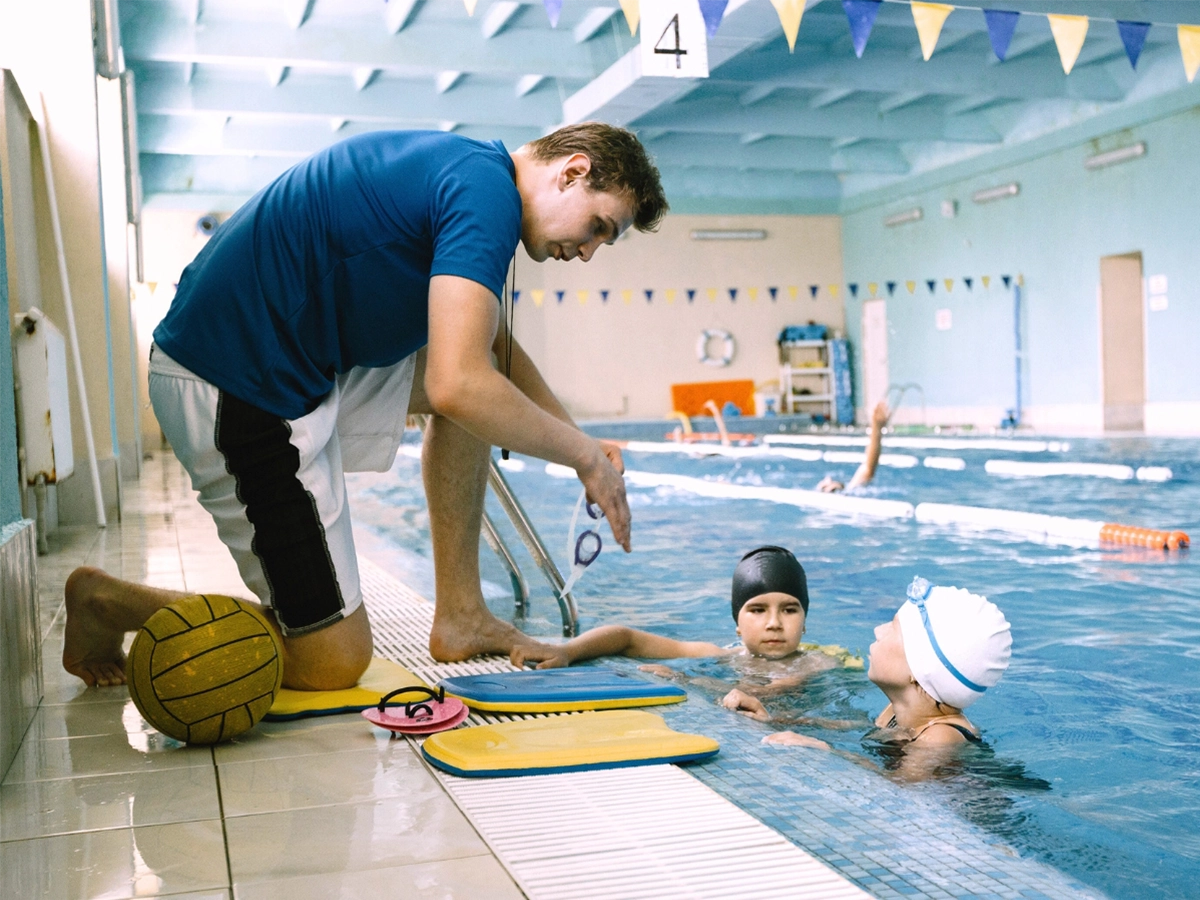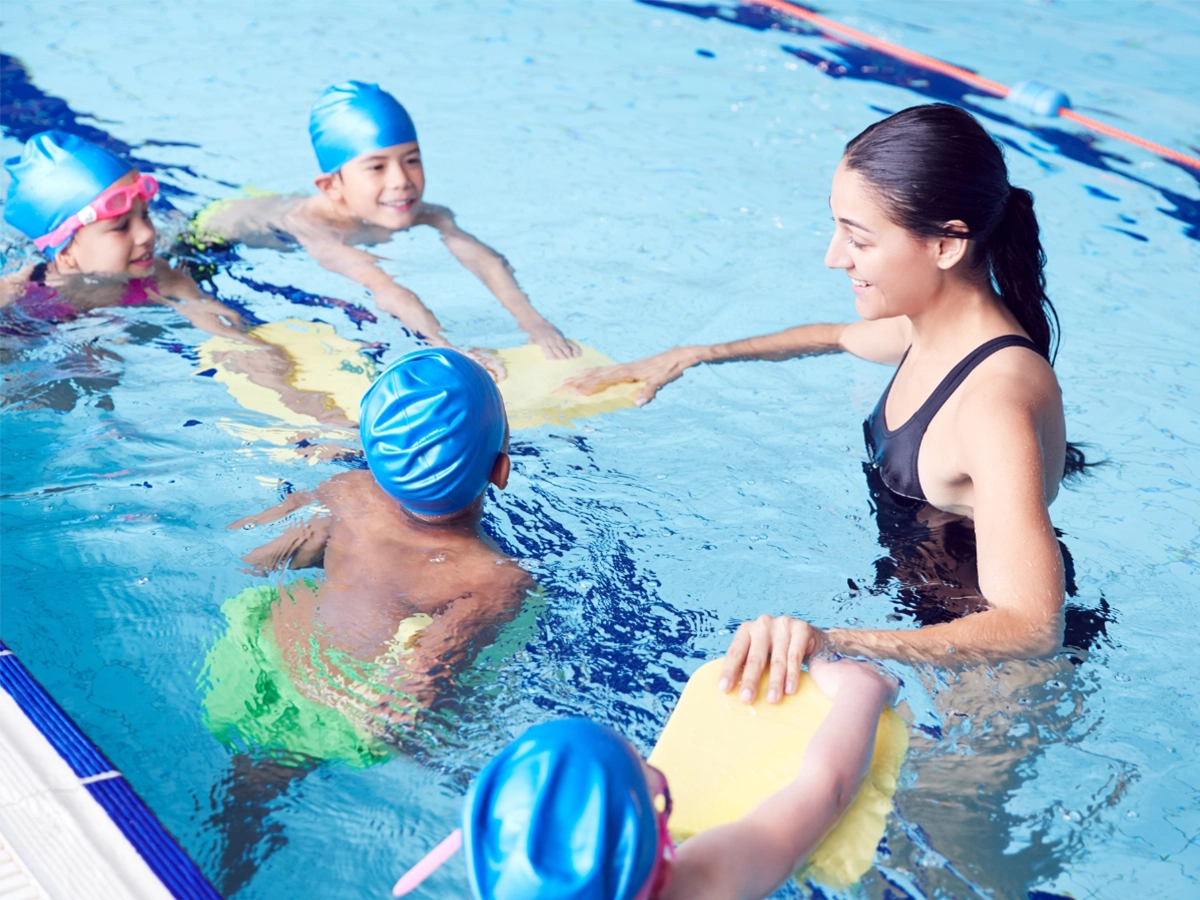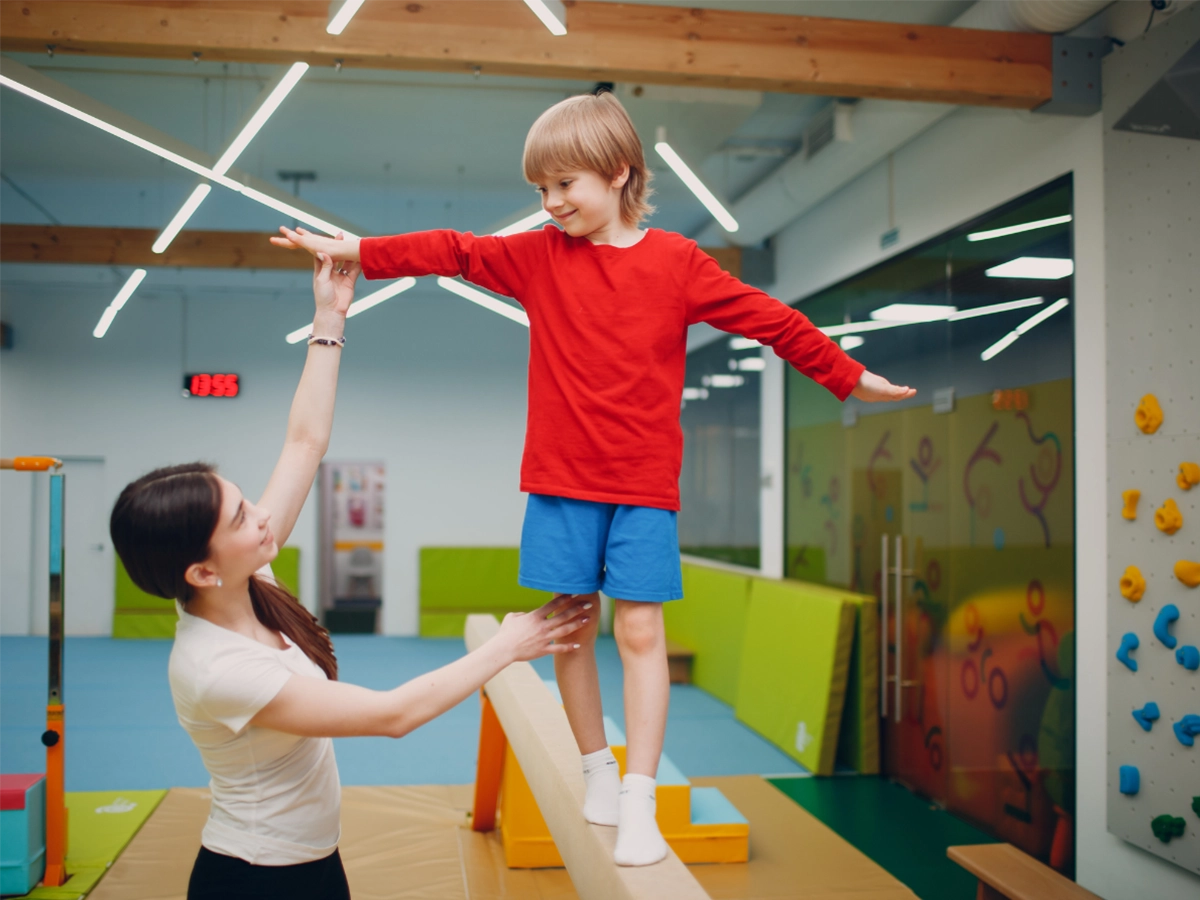“There is so me magic inside,” Gymtastics Gymnastics and Gymtastics GymTools owner and founder Darlene “the Bean” says about her company’s mascot, GymTwinkle. The magic has nothing to do with anything the stuffed mascot actually has inside – but everything to do with the fact that “he” is a teaching aide hand puppet and a reliable friend for pre-schoolers.
me magic inside,” Gymtastics Gymnastics and Gymtastics GymTools owner and founder Darlene “the Bean” says about her company’s mascot, GymTwinkle. The magic has nothing to do with anything the stuffed mascot actually has inside – but everything to do with the fact that “he” is a teaching aide hand puppet and a reliable friend for pre-schoolers.
Darlene and her staff have found that GymTwinkle participates in each pre-school class in meaningful ways – reflecting the children’s emotions throughout each session. He may be shy at first and then act silly on funny hair-do day. He is always ready to greet the children with hugs and a big smile. GymTwinkle represents Gymtastics’ belief that every child is a star just for being who they are.
Mascots add value.
This illustrates perfectly why mascots are so valuable in teaching children. They identify with mascots that may have some things in common with them. They feel that they have a buddy – even if they are a bit nervous about the class or the topic.
Animals inspire children and adults.
Jill Robbins of the National Capital Language Resource Center writes that animal mascots can often be very effective when used as part of a learning strategy. Two elementary school teachers used a stuffed monkey to help their students learn how monitor their behavior in school. They could then transfer this concept to academic work. The Monitoring Monkey is even featured in a storybook where he goes through the school day, asking himself what he should do in various situations. Click here to read and see more about the Monitoring Monkey and here to read Jill Robbins’ article.
Jackrabbit Technologies adopted the jackrabbit as a mascot from the beginning because the co-founders had a feeling that animal characters would be popular with its customers. The Jackrabbit – who was recently named “Zippy” by customers in a contest – has taken on a life of his own. Conferences and tradeshows – booth visitors want whatever is available with the “bunny” on it. Mouse pads were first. Water bottles are popular as are the bunny ear iPhone cases. A few sets of bunny ears showed up as give-aways at a user conference and were gone within seconds. What some call the bunny phenomenon began… When the company began to include a 10 foot inflatable bunny in its booth display, the photo ops went wild! Bunny bobble heads adorn many customer desks and this Spring stuffed bunnies will be delivered to customers in a Flat Stanley type of program where customers will compete for a grand prize by producing Summer Adventure Photo Album of their travels with stuffed Zippy. (See the bunnies) bunny phenomenon isn’t really a phenomenon because we know that we do love our animal mascots.
Help with serious topics.
With the help of animal mascots, even topics like radiation dangers can be successfully taught to children. Children in Fukushima learn how to stay safe from radiation from a grinning, yellow cartoon bird named Kibitan. Read more about Kibitan.
Mascots from the DMC Children’s Hospital of Michigan entertain children – whether purely as entertainment for children at a public event or as a cheerful distraction for children being treated within the hospital’s walls.
Transfer this idea over to your teaching situations – especially with your smallest learners. How can you incorporate a character that can help them to be more comfortable and more receptive to what they are learning?
Why does this work?
Why does it seem that – even as adults – we need mascots?
Mascots help us relax, entertain us and distract us. They can bring us to tears, make us laugh uncontrollably or even behave like fools. You may not realize it, but mascots surface throughout our history. What was Captain America? A superhero, a symbol … a mascot. He did things no other man could do and stood for something greater than himself – exactly what we expect from our mascots! Mascots are especially engrained into sports history – so much so that College Game Day’s Lee Corso pays homage to them each week of football season and Capital One sponsors the College Mascot Challenge! We make it a point to vote – even multiple times – for our favorite mascot.
Raised on mascots.
It’s not surprising that this love of mascots is rooted in something. As children we are provided with them over and over again – Big Bird and Cookie Monster of Sesame Street fame and Blue from Blues Clues.
Our food even has mascots. Which ones do you remember from your childhood? Tony the Tiger? Sonny from Coco Puffs? Ronald McDonald? How many of these foods do you think were consumed because the child liked the mascot? This doesn’t stop with children, or food, by the way. Adults have The Pillsbury Doughboy, Frito Bandito, the Chick Fil-A Cows and the Fruit of the Loom Fruit Guys. Click here to see the top 25 food mascots.
Take-away for you.
Consider how your learning experience could incorporate a mascot – or how you can use a mascot you already have as an aide to your children’s learning.
You don’t have to start big. Roll it out in stages. Where are the areas that a mascot would work the best for you? Are there specific classes or ages that would be more receptive than others? How elaborate should you get?
These are all great questions but are probably questions that you will have to learn as you roll your mascot out. Your students’ and families’ responses and reactions will lead you to where you should go with it.
However you do it, we think you will find it an effective addition to your programs and a fun addition to your business!














